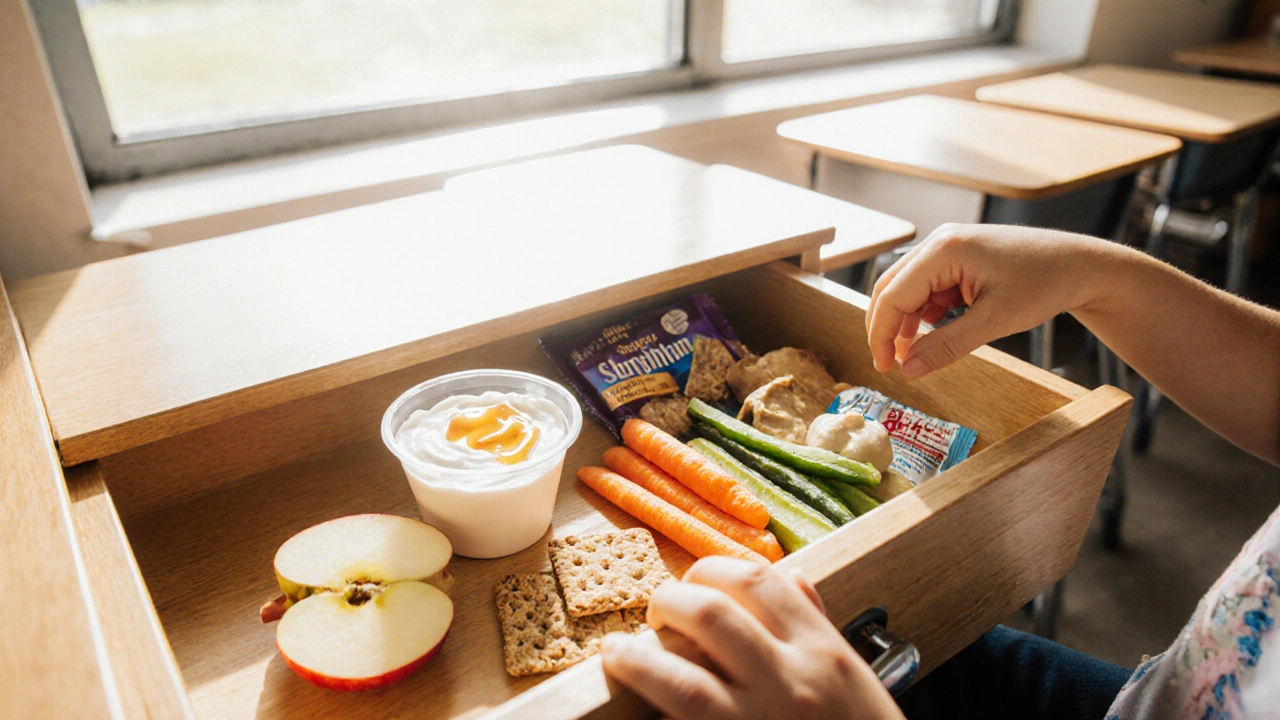Australian Dietary Guidelines: A Clear Path to Healthy Eating
When looking at Australian dietary guidelines, a nationally‑backed framework that tells you how to build balanced meals and support long‑term health. Also known as ADG, they set the standard for what Australians should aim for on the plate. Australian dietary guidelines are built on solid nutrition, the science of how foods provide energy, vitamins, and minerals and on clear definitions of food groups, categories like fruits, vegetables, grains, proteins, and dairy that together cover essential nutrients. The guidelines say you need a variety of these groups each day, and they spell out recommended portion sizes, the amount of each food you should aim for to meet energy and nutrient needs without over‑eating. In short, the ADG tells you what to eat, how much, and why it matters for healthy eating, a lifestyle that reduces disease risk and boosts everyday energy.
How the Guidelines Shape Everyday Choices
The ADG links directly to practical habits. For example, the recommendation to fill half your plate with fruits and vegetables translates into a simple visual cue you can use at any meal. This ties into the concept of food variety, which the guidelines stress because different foods supply different vitamins and minerals. When you pair a whole‑grain source with a lean protein, you’re hitting the recommended protein and carbohydrate balance that supports muscle maintenance and steady energy. The guidelines also address portion control – a key factor in weight management – by providing standard serving sizes that are easy to measure with your hand or a typical plate. By following these rules, you naturally improve your intake of fiber, calcium, and iron, all of which are highlighted in the ADG as nutrients many Australians don’t get enough of.
Beyond the plate, the ADG influences broader lifestyle choices. It encourages drinking plenty of water, limiting added sugars, and choosing healthier fats – all actions that show up in our collection of articles about stress management, gut health, and sustainable eating. When you pair the guidelines with tips from our “Healthy Diet as a Lifestyle” guide, you get a roadmap that moves from theory to daily routine. Whether you’re prepping a gluten‑free breakfast, packing a picnic snack, or looking for quick brain‑boosting foods for study sessions, the core principles stay the same: prioritize whole foods, respect portion sizes, and keep the variety high. With this foundation, the articles below will give you step‑by‑step ideas to turn the Australian Dietary Guidelines into real‑world meals that fit your schedule and taste.
Ready to see how the ADG can shape your meals? Below you’ll find a hand‑picked set of posts that break down stress‑free cooking, gut‑friendly snacks, and simple strategies for turning the guidelines into habit‑forming routines. Dive in and start building a healthier plate today.
Nutritious Snacks to Boost Your Child’s Health
- Lyra Whitfield
- Oct, 20 2025
Learn how to choose, prepare, and serve nutritious snacks that boost kids' health, focus on balanced nutrients, and fit Australian dietary guidelines.
Learn More